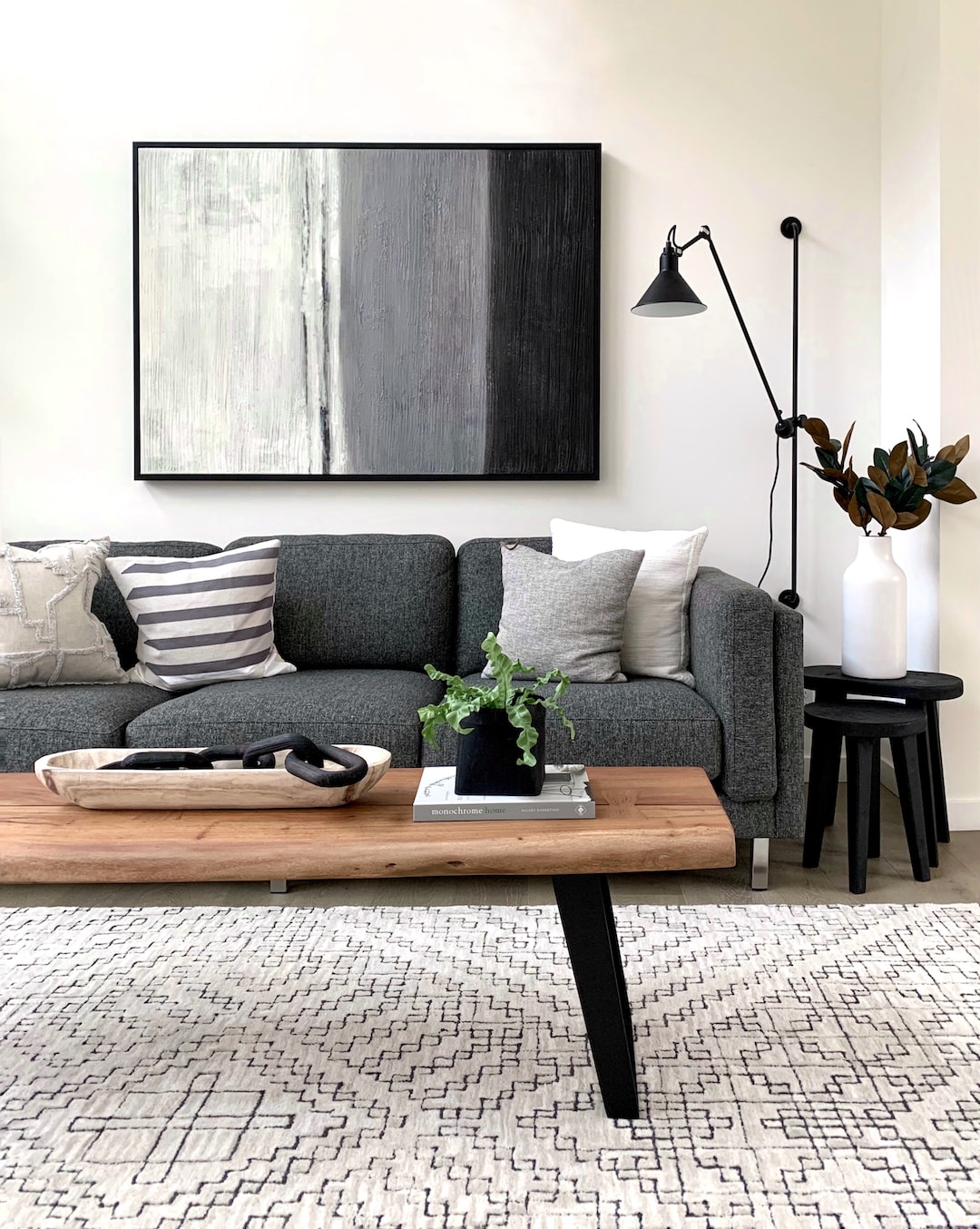The Impact of Color in Furniture Design: Choosing the Right Palette
When designing a space, whether it be a living room, bedroom, or office, one often focuses on selecting the perfect furniture pieces, lighting fixtures, and decorative elements. While these elements play a significant role in creating the desired ambiance, one essential aspect that should not be overlooked is color. The right color palette can transform a space, making it feel warm, inviting, and visually appealing. In particular, the color of furniture can have a profound impact on the overall design and atmosphere of a room. In this blog post, we will explore the significance of color in furniture design and discuss tips for choosing the right color palette.
Color plays a crucial role in our daily lives, influencing our emotions, moods, and behaviors. It has the power to evoke feelings of comfort, relaxation, energy, or even anxiety. When it comes to furniture design, color can set the tone for the entire space. The choice of color can create a cohesive and harmonious environment, or it can make a statement with contrasting hues. Understanding the impact of color is thus vital when selecting furniture pieces for any given space.
Warm colors such as red, orange, and yellow are known to evoke feelings of energy, vibrancy, and intimacy. These colors can be especially effective in areas that require a cozy and inviting atmosphere, such as living rooms or bedrooms. A plush red sofa, for example, can serve as the focal point in a room, instantly drawing attention and creating a sense of coziness. Pairing it with warm-toned wooden furniture and creamy walls can further enhance the warm and inviting atmosphere.
On the other hand, cool colors like blue, green, and purple tend to create a calming and serene environment. These colors work well in spaces where relaxation and tranquility are desired, such as bedrooms or reading corners. A deep blue armchair can be a perfect addition to a reading nook, providing a sense of peacefulness and allowing one to unwind while enjoying a good book. Accompanied by soft shades of green or neutral tones, the room can exude a sense of tranquility and freshness.
Neutral colors, including white, beige, and gray, have grown increasingly popular in recent years due to their versatility and timeless appeal. These colors serve as a blank canvas, allowing for flexibility in terms of accessorizing and other design choices. They can create a clean, minimalist look or serve as a backdrop to showcase bold artwork or colorful accents. Additionally, neutral-colored furniture pieces are often viewed as a safe investment, as they can easily adapt to different styles and trends.
While it is important to consider the psychological impact of color, it is equally crucial to assess the functionality and practicality of furniture, especially when it comes to durability and maintenance. Light-colored furniture may look beautiful, but it is more prone to visible stains and wear and tear compared to darker shades. Consider the lifestyle and usage of the space when making furniture color choices, especially in high-traffic areas like dining rooms or children’s playrooms, where spills and accidents are more likely to occur.
In conclusion, the impact of color in furniture design cannot be overstated. Choosing the right palette has the power to transform a space, setting the desired tone and atmosphere. Warm colors can create an inviting and energetic environment, while cool colors inspire tranquility and relaxation. Neutral tones offer a blank canvas for personalization and adaptability. When making color choices, it is essential to consider both the emotional impact of color and the practicality of maintenance. By taking all these factors into account, one can create a harmonious and visually appealing space that reflects their personal style and meets their functional needs.

